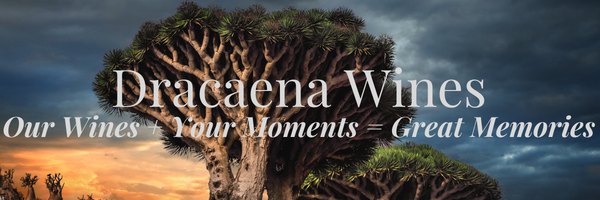There is a barrage of quotes about aging like a fine wine.
“Aging is like a fine wine—it gets better with time, as long as you take care of it.”
“Good wine and good people improve with age.”
“Like a fine wine, we grow richer, more complex, and infinitely more interesting as we age.”
“A fine wine doesn’t rush its journey; it savors the time it takes to mature.”
“Age appears best in four things: old wood to burn, old wine to drink, old friends to trust, and old authors to read.” – Francis Bacon
“Life is like wine—the longer you take to appreciate it, the better it becomes.”
“You can’t rush a great wine or a great life; both require patience to truly savor.”
“With time, wine transforms into poetry, and so do we.”
The abundance of quotes comparing aging to wine stems from the cultural and symbolic associations that wine has with time. The transformation and refinement that the liquid contained within the bottle goes through shares similarities to life. Just as fine wine, if stored properly, genuinely gets better with time, as people age they gain wisdom, depth, and maturity. Similarly, the wine’s journey from grape to bottle reflects the transformation of an individual’s journey to understanding themselves and the world around them.
Why Do Wines Age?
First of all, it needs to be mentioned that not all wines are made to be aged. The winemaking style, as well as the grape itself, plays a large role in the determination if a wine is ageable. The acids, sugar level and tannins within the wine are large determinants of a wine’s ability to age. During the aging process, components like tannins, acids, and sugars interact, leading to smoother textures, richer flavors, and more intricate aromas. Wines with high tannins, good acidity and/or natural sweetness are the ones with the best potential for aging.
The Ideal Environment for Aging
Both humans and wine are extremely susceptible to the environment. Higher temperatures can cause premature aging. Although it has been deemed that sweet spot for aging wine is around 55°F (13°C), it is really more important to have consistent temperature. The fluctuations will age the wine faster and can break down its compounds quicker.
Controlling the amount of humidity the wine is exposed to is also important. Maintaining about 70% humidity keeps corks from drying out, preventing oxidation. Additionally, sun exposure can make an individual look older than they are and the same is true for wine. UV light can damage wine, leading to off flavors—a phenomenon known as “lightstrike.” When wine is exposed to sunlight and/or fluorescent light, like when on display in a window or on a shelf, the UV or blue light transforms the amino acids in wine into compounds (dimethtyl disulphide DMDS) that smell like a wet sweater cabbage.
Surprisingly, vibration can have a significant impact on wine. Vibrations can disturb the balance of chemical reactions taking place in the bottle. Frequent or prolonged exposure to vibration can accelerate the breakdown of tannins and other compounds, potentially leading to a wine that tastes harsh or unbalanced (so don’t store your wine near your refrigerator, washing machine, or under stairs.)
What Changes in the Bottle?
As wine ages, several transformations occur, enhancing its character and complexity. The color evolves, with reds fading from deep ruby to brick or tawny hues, while whites deepen into rich golden amber. Aromas mature as youthful fruitiness gives way to intricate notes of earth, leather, spices, or delicate floral accents. On the palate, tannins soften, and flavors begin to blend seamlessly, creating a balanced and harmonious sip. However, patience is essential and a little clairvoyance never hurts. Over-aging can diminish a wine’s vibrancy, making it crucial to know the optimal aging window for each bottle to fully enjoy its potential.

Is Older Always Better?
Simple answer…. NO! Contrary to popular belief, not all wines improve with age. Research shows that the average consumer purchases their wine and drinks it within 72 hours. With this knowledge, most wines on the market today are meant to be enjoyed within a few years of production. Only a small percentage, often labeled as “cellar-worthy,” are designed for long-term aging. If you are unsure about a wine, consult the producer or don’t hesitate to ask for recommendations on aging potential when purchasing wine. If in doubt, open a bottle early to taste its progression—you can always decide to save the rest for later! (always a great reason to buy two bottles!)
~Slàinte!
Please follow us on Instagram, Twitter, Facebook, Threads and Youtube.
Want to make sure you don’t miss any blog posts? Click the images to sign up to have new posts delivered to your mailbox automatically.
 |
 |
Dracaena Wines has received consistent 90+ ratings and multiple Double Gold medals. Click image to order yours today and let Dracaena Wines Turn Your Moments into Great Memories!





